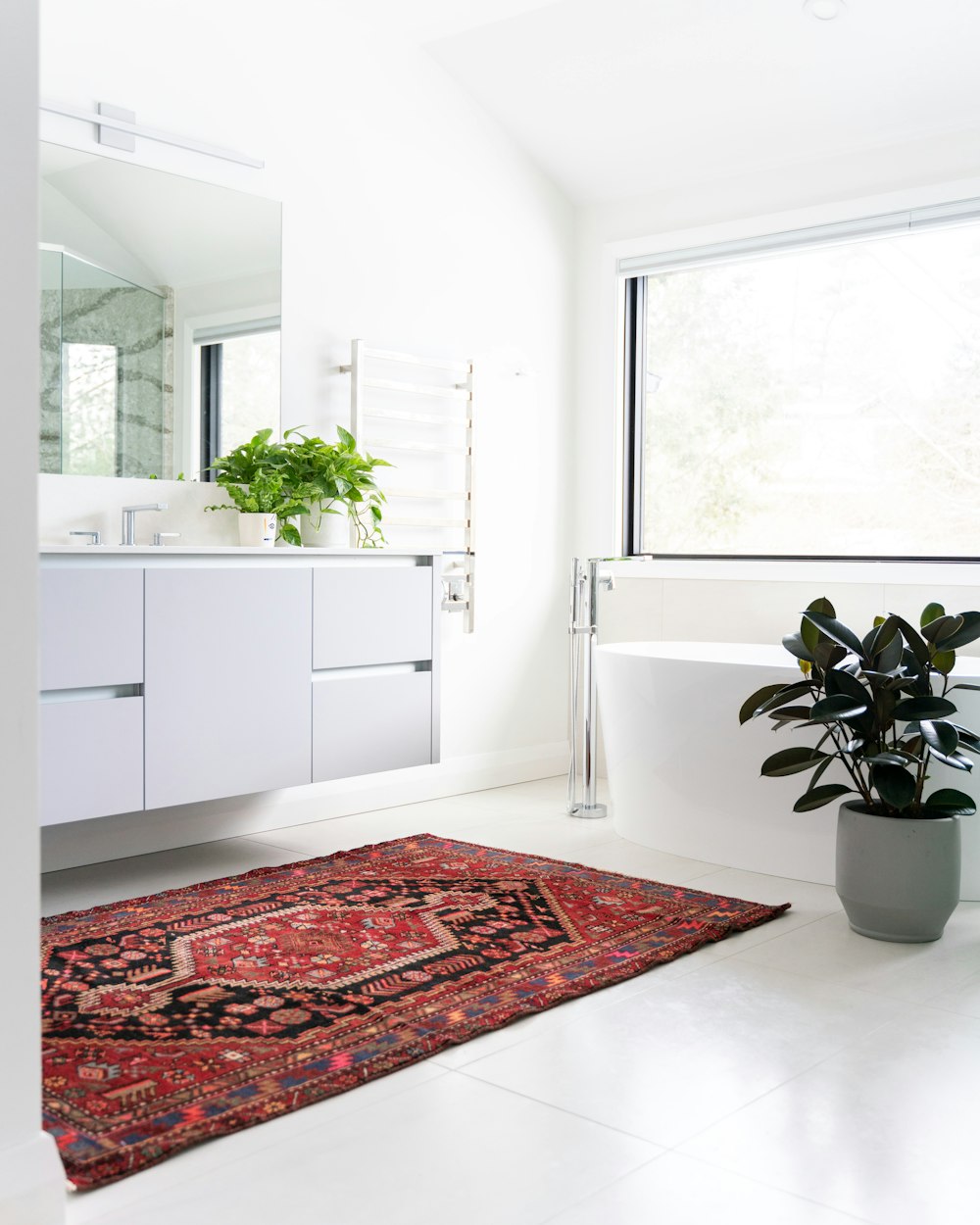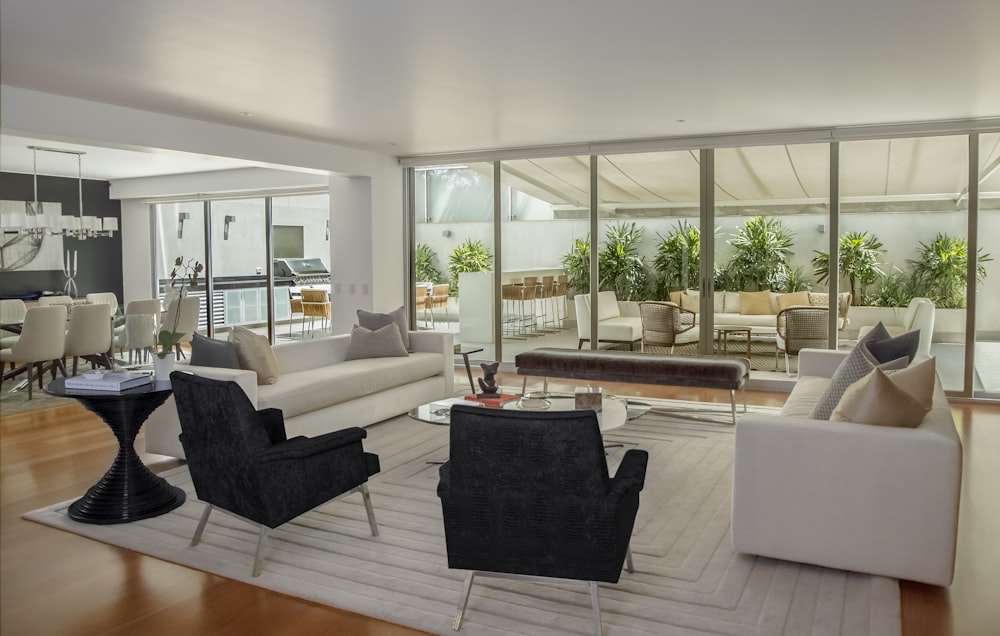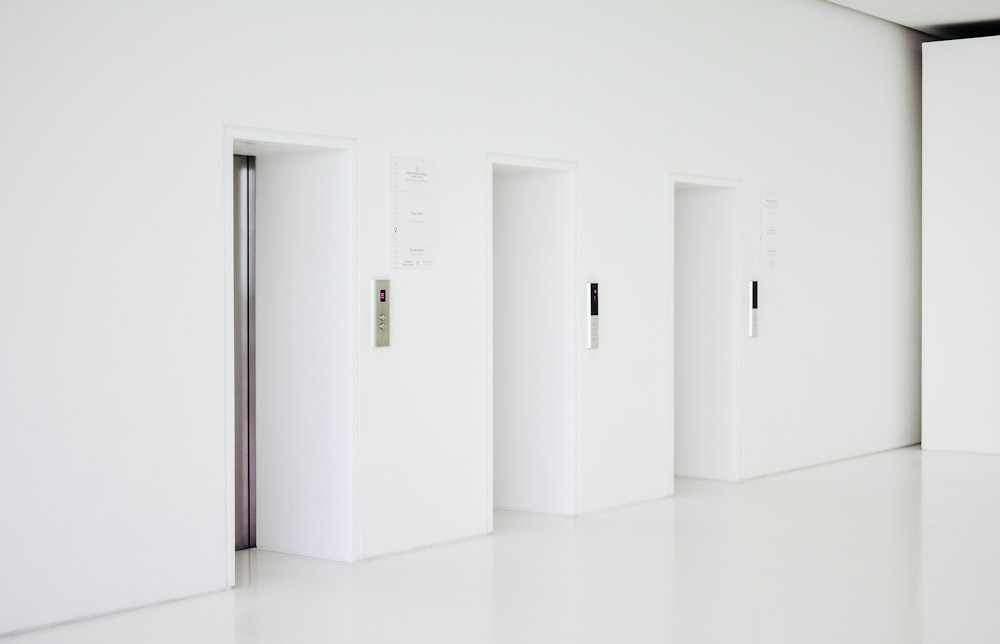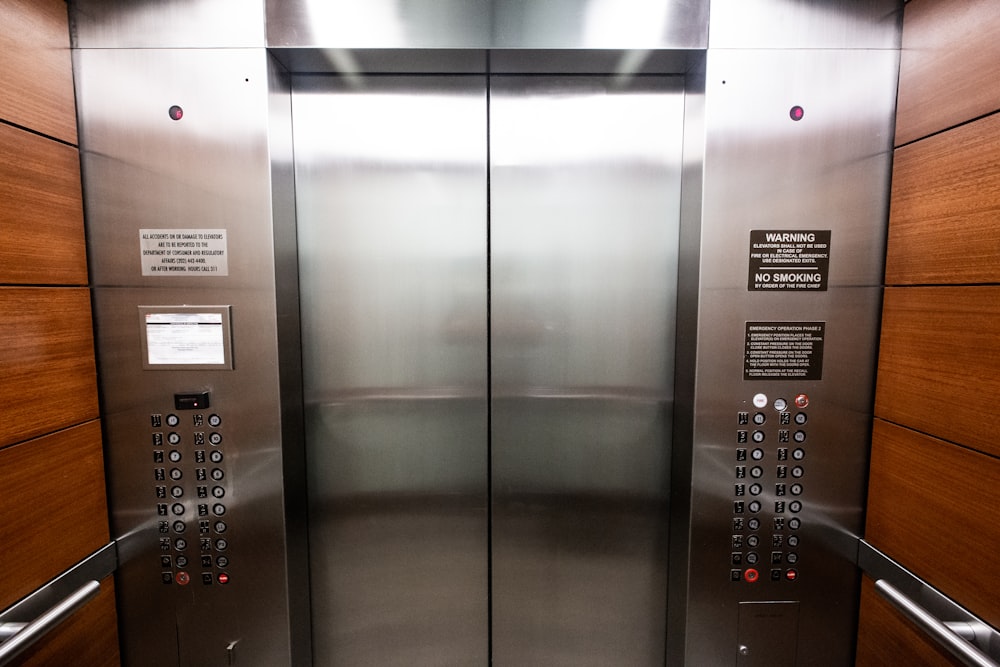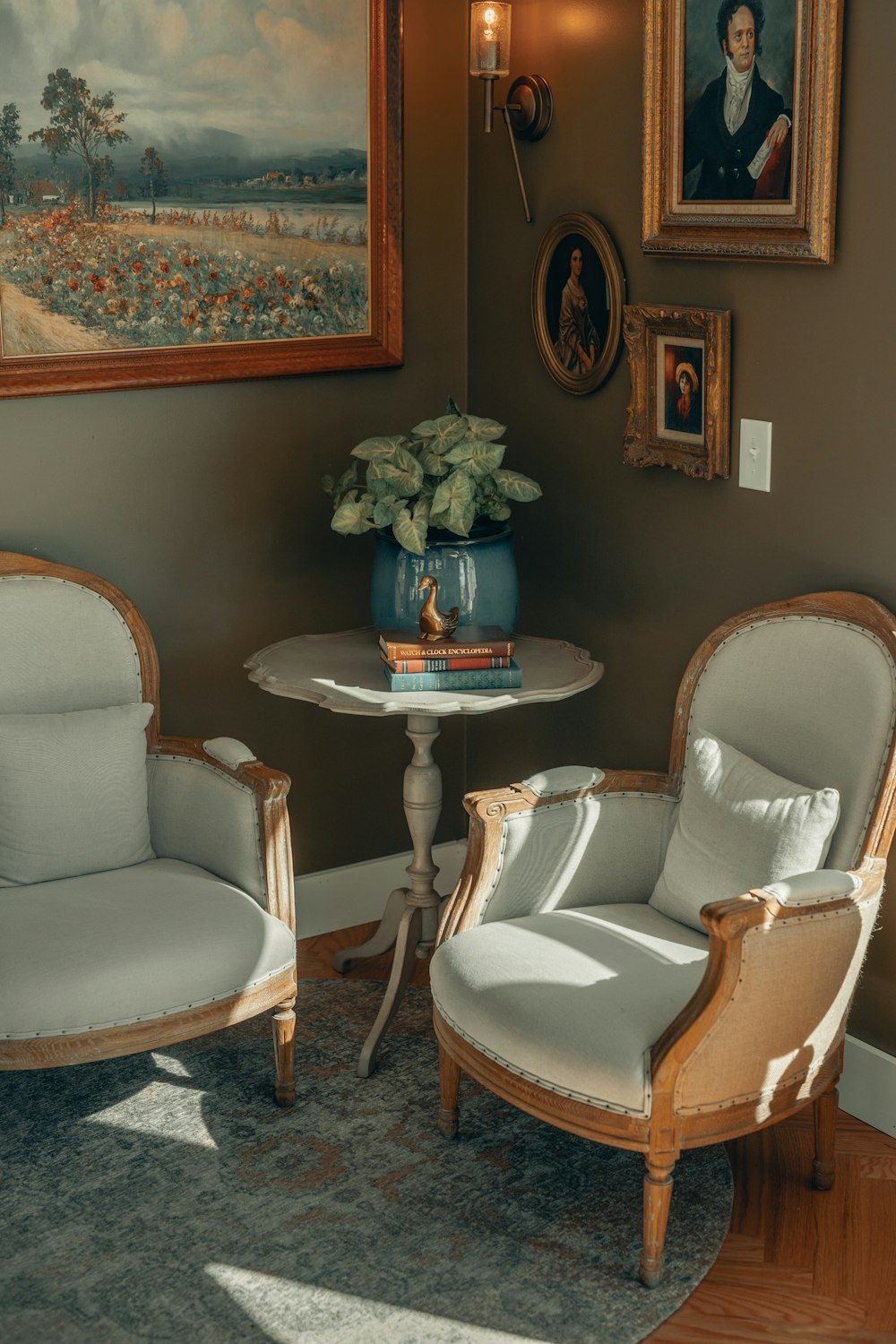Plumbing issues are one of the most stressful and overwhelming situations that can happen in a home. Plumbing issues can cost you thousands of dollars, cause a major inconvenience to your life, damage your belongings, and prevent you from doing what you want and need to do. No matter the plumbing issue that you are dealing with, it’s important that you get it addressed right away in order to prevent it from becoming a major issue down the road. Small plumbing issues, such as a minor leak, or a leaky faucet may seem small now, but if they go on being ignored, they can turn into serious issues. It’s best to be proactive when it comes to all things plumbing, so it’s crucial that you have a quality plumber that you can trust.
If you don’t have a quality plumber you can trust, it will be in your best interest to find one that will not only get the job done well but a plumber that also knows what he or she is doing and will not rip you off. However, how does one find a quality plumber? How does one know that a plumber is knowledgeable or not? This post will detail 4 questions that you should ask your plumber before working with him or her.

The Top 4 Questions To Ask Your Potential New Plumber
As you look for a plumber to fix either a small plumbing issue or to do an emergency job, you will want to be sure that he or she can answer the following questions.
- Are You Licensed?
It is imperative that your plumber is licensed through the state. It’s common for plumbers to operate without a license because most homeowners just assume that they have one- which is not always the case. A plumber in Cherry Hill commented on the importance of hiring a licensed plumber, “If a plumber does not have the proper license, his or her work may not pass inspection and could even leave you with a more complex plumbing issue.”
Don’t feel funny asking this, you need a plumber that knows what he or she is doing, and inquiring about a license will ensure that you are getting a quality plumbing service.
- How Does Payment Work?
Plumbing can be costly, so you should ask about payment before any work is performed. Here are some specific payment questions to go over with your potential new plumbing service:
- What is the projected cost of this project?
- Do you offer financing options/payment plans?
- Is this a flat rate, or do you charge hourly?
- When do you get paid?
- Who is Actually Performing the Plumbing Duties?
Every plumbing company is different. Some plumbing companies are owned and operated by one or two plumbers who work for themselves, while other plumbing companies feature a team of plumbers. Before having a plumbing service come into your home, find out who will actually be performing the job. If the person doing the plumbing in your home is not the person you are speaking to over the phone, inquire about the person’s qualifications who will be in fact coming to your home.
It’s important to point out that some plumbing jobs may require a team of plumbers, so you may want to ask how many people you think will need to come to your home to fix your plumbing issue.
- What Happens if Something Goes Wrong?
Like any home project, things can go wrong when it comes to plumbing, so you need to ask your plumber his or her plan of action if something doesn’t go as planned. Ask whether or not you will be responsible if something goes wrong during the project, and who is responsible for something going wrong after the project is completed. Before you sign a contract, read it over and find out about warranties.
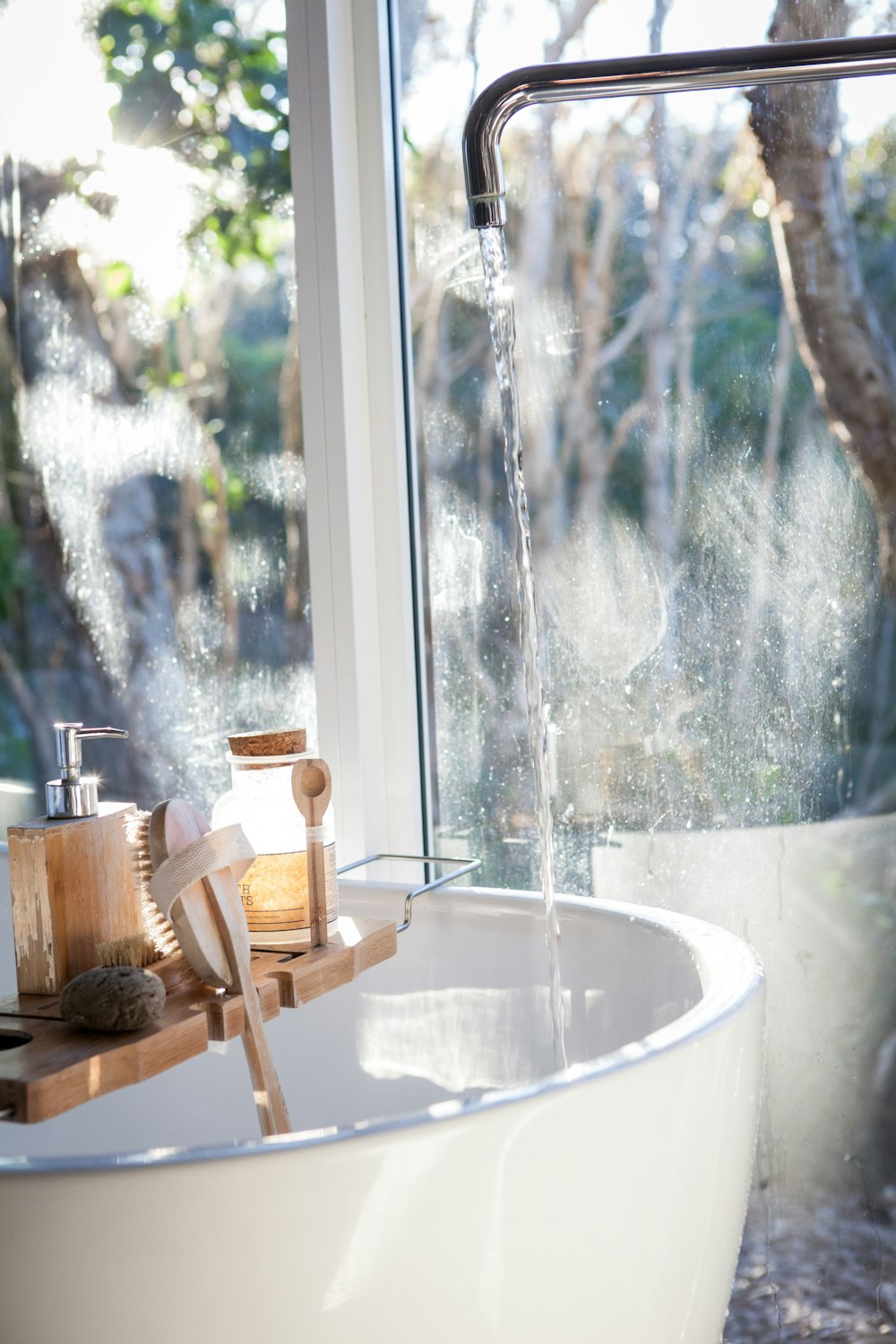
Find the Best Plumber in Your Area
Hiring a plumber isn’t easy, however by asking the right questions and learning about the plumbing service, you can find the plumber that is best for your home and is the most qualified. To begin getting in contact with plumbers, search for plumbers in your area online and read reviews, or get referrals from family and friends. If you are sure to ask these questions, you are sure to get the best plumber possible.
About the Author

Jennifer Bell is a freelance writer, blogger, dog-enthusiast, and avid beachgoer operating out of Southern New Jersey.
SHOP BATHROOM DECOR…



